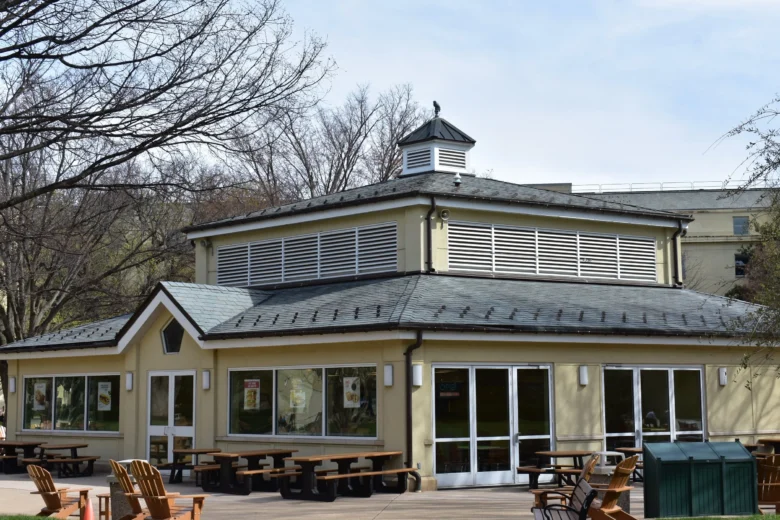Within moments of entering the Pentagon, Army Engagement Officer Randy Odom asks me if I want to buy a chocolate grenade. I think he’s kidding. He’s not.
We’re standing just past security in a sprawling stretch of hallway that looks like many of the other underground shopping plazas one might find attached to a Metro station. There’s a flower shop, gift store, a candy shop, and more. Odom jokes that more than once, this stretch of hallway has saved his marriage.
After buying a souvenir for a loved one in the gift shop, I buy a smoothie at a coffee shop that has a decidedly hipster vibe, and for a moment, I’ll feel like I’m back in the tech campus where I briefly worked in Silicon Valley and not the sprawling pentagon-shaped military industrial complex situated just outside Washington D.C. This, like that, boasts several restaurants, dry cleaning, laundry, a dentist, pharmacy, medical clinic, and more, including a formal clothing shop (for those last-minute trips to galas at the Kennedy Center). Every inch of every wall I pass is lined with art – photography, paintings, portraits, murals, memorabilia. You could spend a year walking the halls, just looking at art and probably not see everything. You could readily survive on twenty-four hour restaurants and the abundance of amenities. There are bathrooms everywhere you turn.
This is a building designed so people rarely, if ever, have to leave.
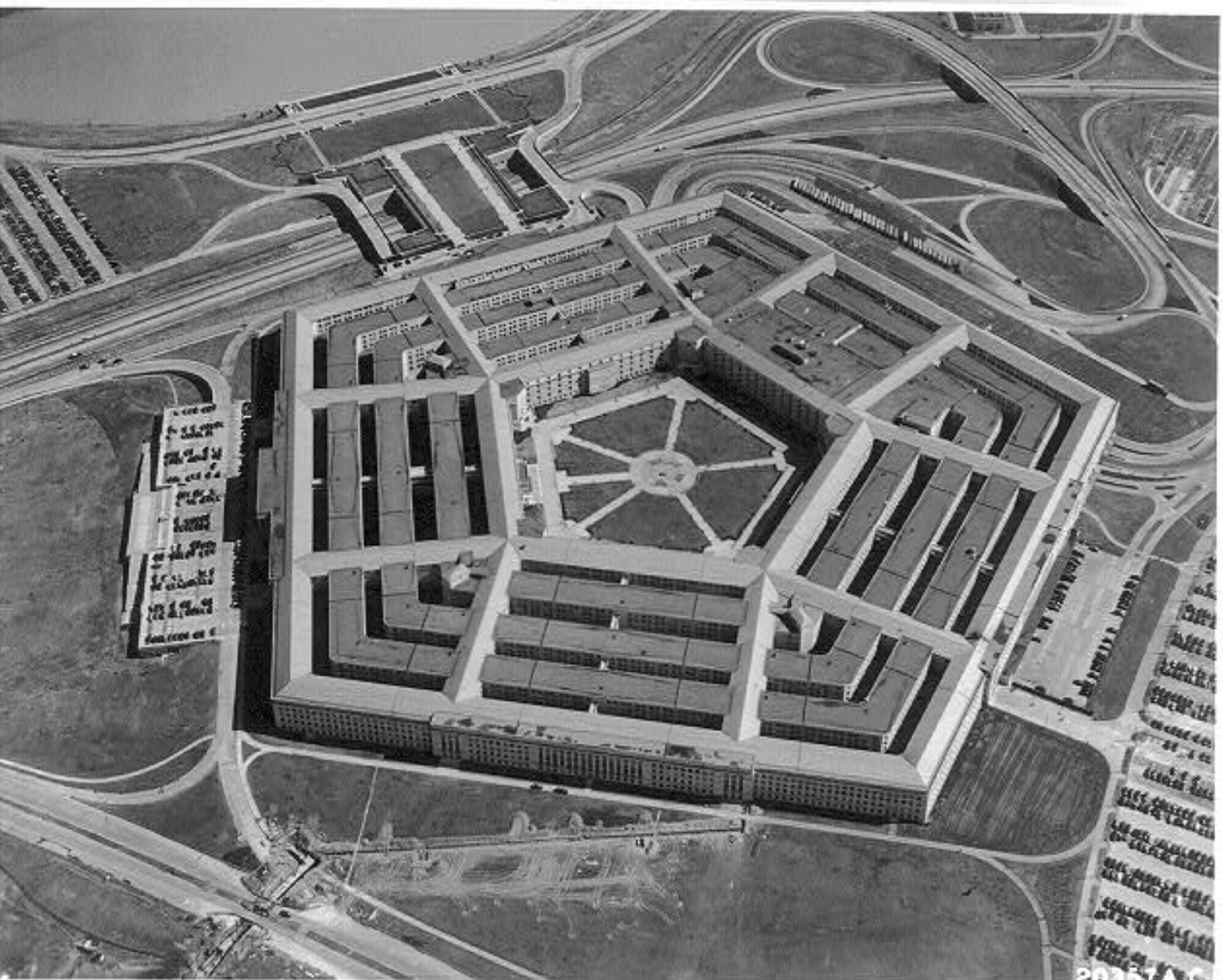
The current site of the Pentagon is the second complex that was commissioned for what was then known as the War Department. The first, in Foggy Bottom, was abandoned by the military before its completion, determined to be too small. (That building is now the State Department.) In 1941, architect George Bergstrom was given three days to design a facility that would accommodate 40,000 employees and 10,000 cars. Despite it being readily transit-accessible (I enter the visitor’s center almost directly from the Metro station), that 67-acre parking lot still defines the area almost as much as the building itself.
The building was designed for a tract of land previously owned by Robert E. Lee on which the Department of Agriculture was, at the time, running an experimental farm, and which owed its shape to access roads that defined the farm’s boundaries. Concerns about placing the complex too close to Arlington National Cemetery forced a change of location, although not significantly in design.
At the new site, the former location of Freedman’s Village, the government continued its tradition of displacing primarily Black Americans when it forced 150 families from East Arlington and took their land. Land that, among other things, is now used as a mostly-empty parking lot.
They broke ground on September 11, 1941.
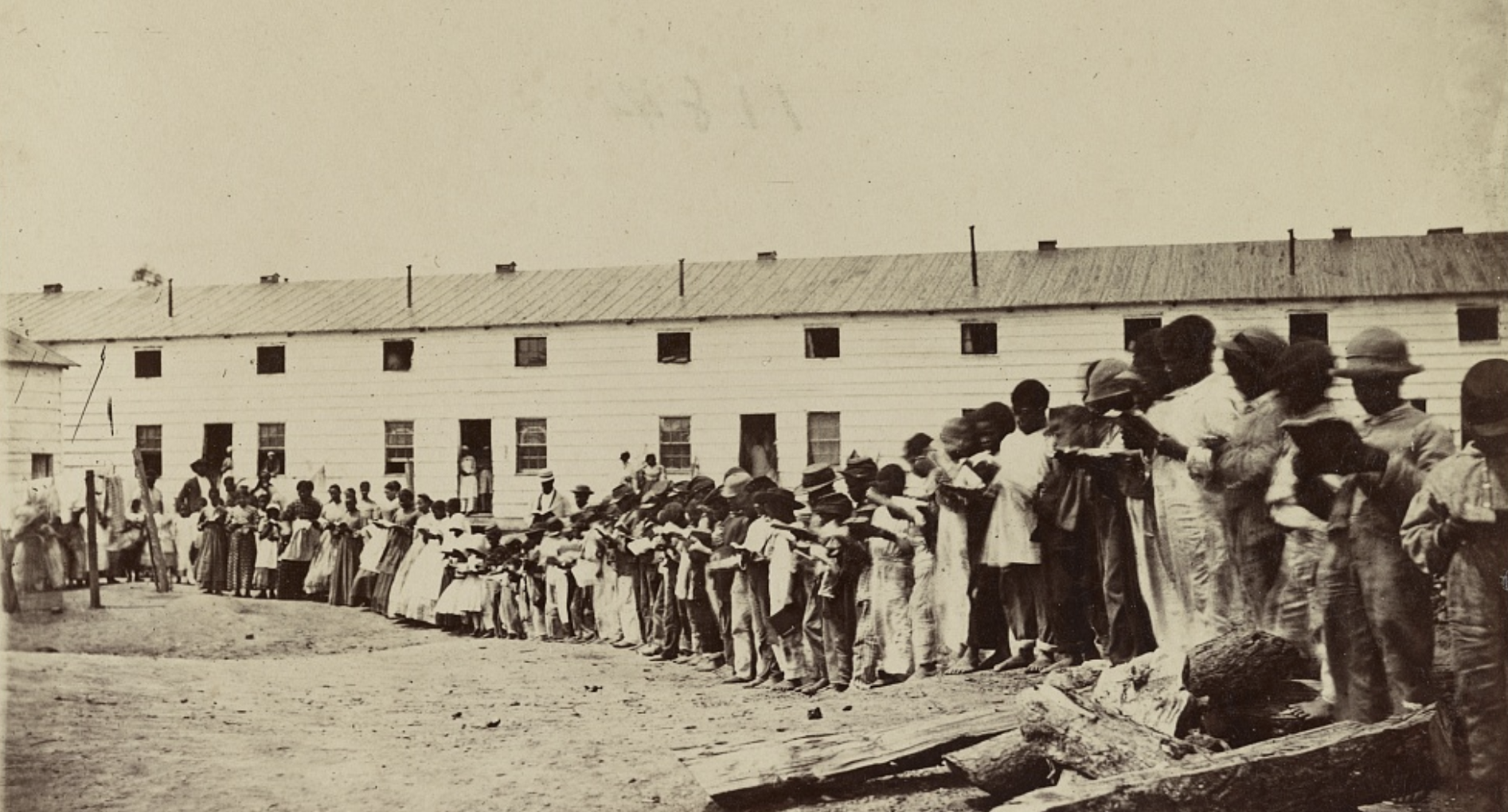
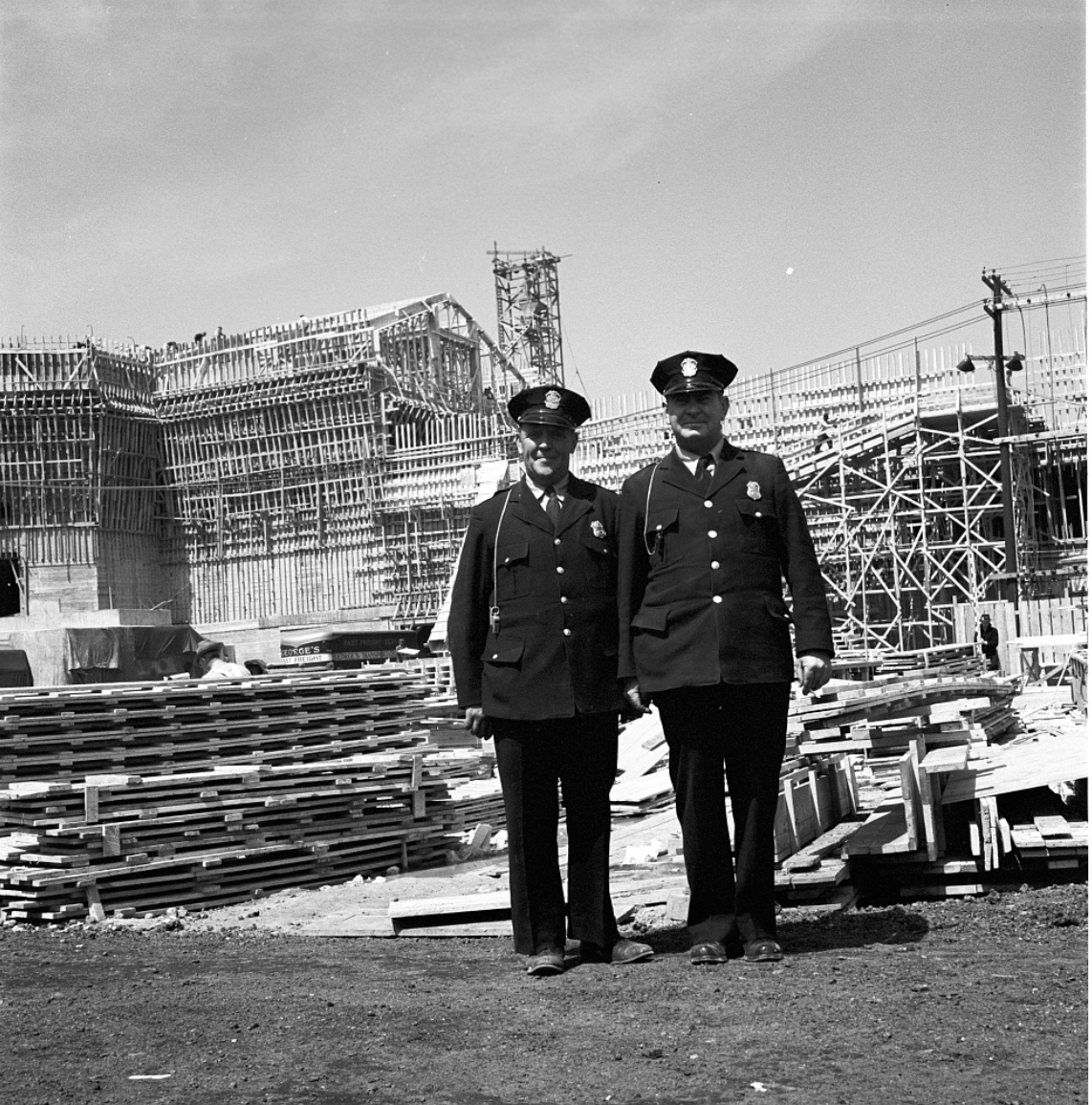
The process of building the Pentagon was so fraught with issues that after being placed in charge of the massive undertaking, Lieutenant General Leslie Groves quipped he hoped to get assigned to a war theater so he “could find a little peace.” The Secretary of War, impressed with the completion of his department’s new home, instead sent Groves off to oversee the Manhattan Project. The master organizer that built a “city within a building” to run the war went on to develop the weapon that leveled two cities to end it. In the film “Oppenheimer”, when Groves is asked how he came to be on the Manhattan Project, he responds, “I built the Pentagon, so they sent me here.”
The foremost of those challenges was being on the Virginia side of the Potomac river. In a state that had reclaimed its share of the the land originally dedicated for the capital city due to its refusal to outlaw slavery, hence leaving the District with its non-diamond shape, Virginia law at the time required whites and Blacks to be segregated in public places, and in the construction of them. However, the Pentagon was a federal building on state land. The federal government had banned segregation already, but during construction, in an effort to placate Virginia and keep construction moving along at a fast clip, both the crews and designs complied with state law. When the building was turned over to the federal government upon completion, the bathrooms, and building, were desegregated.
“By early 1943, the Pentagon was complete,” wrote David Brinkley in Washington Goes To War about the architectural centerpiece of the area’s wartime transformation from relatively modest city into modern, burly, bureaucratic Washington. “A building big enough to house forty thousand people and all their accoutrements, the largest building in the world, conceived, funded, designed and constructed in a little more than a year. And on the day it was finished, it was already too small.”
It doesn’t feel small. Although our tour is limited to public areas, there is a sense of the vastness of scale, and of hidden levels, offices (once which a cheeky staffer dubbed the “Alien Autopsy Room”) and perhaps even a dungeon or two. Odom tells me that of all the depictions of the Pentagon in film and television, “the X Men” came closest to getting it right. But he says it with a wink, so like many things I can’t tell if he’s kidding or not.
Over the next several hours, Odom is part tour guide and part watchful custodian. While I would ordinarily mind being surveilled in such a manner, neither of us has either doubt that were he to leave my side, I would probably never find my way out.
Apparently it’s a common problem. In the world’s largest office building, with 17.5 miles of corridors, there’s a long list of high-ranking officials, politicians, and celebrities who have gone astray in the corridors. “We don’t let generals go out on their own,” Odom tells me with a laugh. “We had one general who escaped from so many prisons, get lost in the Pentagon.”
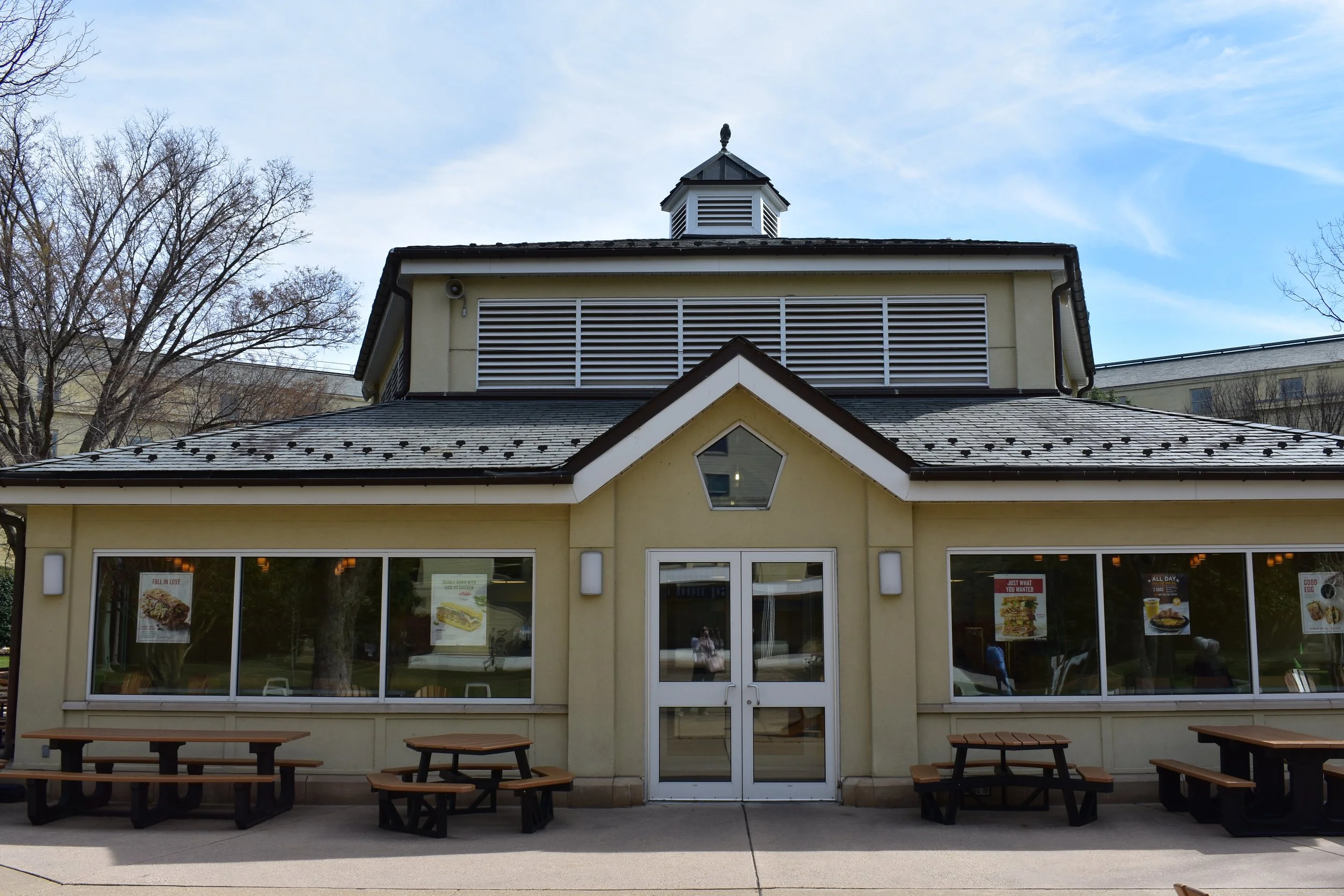
If you’re ever lost in the Pentagon, don’t try to find your way out; look for a way in.
Inside the famous five-sided facade there is a courtyard. It too, is five-sided, and nestled within that five-sided courtyard of the five-sided building lies another five-sided building, a Matryoshka doll of buildings.
This building is why I’m here.
Much like my first formal introduction to the Embassy of the Czech Republic (which longtime readers may recall was one of the first profiles back in 2018), upon hearing that I write a newsletter about diplomatic properties, a Pentagon official told me this story at a cocktail reception, which is how I came to meet Odom months later.
“Inside the Pentagon’s courtyard is a building that, during the Cold War, the Russians believed was a place of great importance,” the official told me. “Their surveillance photos showed people gathering there every day and they suspected it was a place where the US kept its top secrets.” Lore has it the Russians assumed that targeting it would level the entire operation.
The building? A hot dog stand.
It’s been renovated over the years but owing to the Pentagon’s historical landmark designation and the limitations that provides, each incarnation has been similarly pentagon-shaped. Today it houses an Au Bon Pain. Odom and others refer to it, rather darkly, as Ground Zero.
Fortunately for the decoy owl who still guards the inner pentagon from pesky birds bombing unsuspecting foot traffic, and generations of DOD employees, no nuclear strike ever came. Nor probably ever was really planned, since plenty of spies, informants, and others not only had been in the Pentagon over the years, but undoubtedly had enough hot dogs themselves to report back the truth.
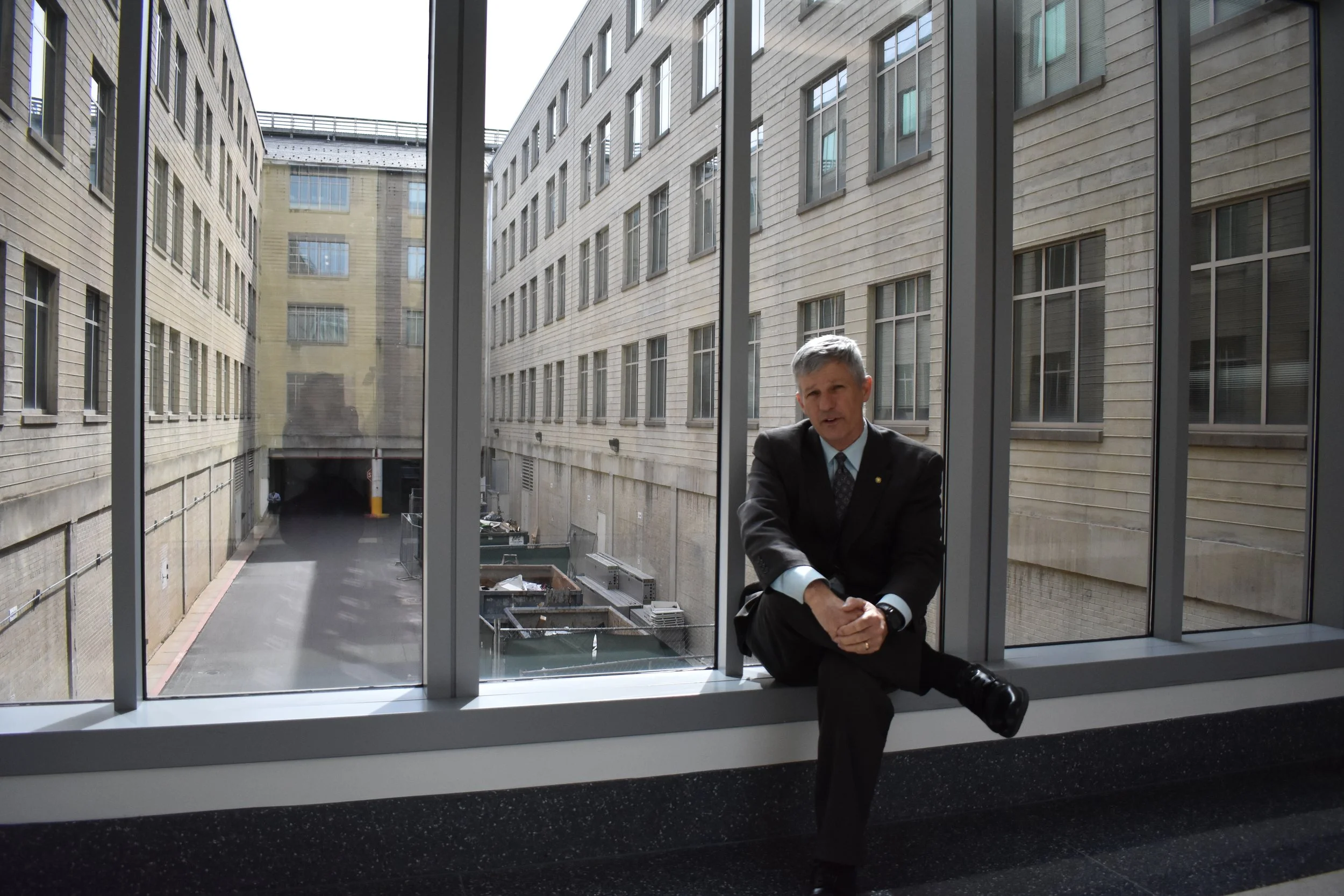
When the attack did come, it came from an unexpected place. Early in the morning on the sixtieth anniversary of the groundbreaking of the Pentagon, September 11, 2001, American Airlines flight 757 flew into a wing of the Pentagon. One hundred and twenty-five people were killed in the building, a combination of military personnel and civilians. Sixty four passengers were killed on the plane.
It no doubt would have been far worse except the Pentagon was in the process of a 13-year major renovation, which had begun in 1998 and cost $4.5B. Most of the building was gutted and brought up to modern standards, including the closure of the hot dog stand and rebuilding of the current Au Bon Pain.
Odom credits the Pentagon’s renovation with saving lives.
Many of the workers hadn’t yet moved back to their offices; several were still getting coffee or breakfast in one of the cafes; others were stuck in Beltway traffic. One was in the lavatory. Not only many of the offices in that wing empty, but upgraded sprinklers and construction held long enough for hundreds of people to escape.
In this area of the Pentagon, mementos of the attack replace the murals and photography found elsewhere. Items that remained on desks, graphics defining exactly where and how the plane sliced through the building, a gallery of handmade quilts sent in from around the country. The exact spot that the plane flew into the Pentagon, however, is marked only by a nondescript corridor overlooking an alley filled with dumpsters. It’s not a space to sit and reflect, there’s a chapel for that, and outside, two acres of land have been turned into a memorial.
Here, in the corridor, the only option is to keep moving. Before I know it and without quite being sure how we got there, we’re back at the chocolate shop, now closed for the day, and depriving me of my chocolate grenade. The tour groups we’ve run into along the way have long gone. The visitor’s center waiting area is empty, the throngs are moving to the Metro, a line of cars is pulling out of the lot. In consolation, Odom gives me a pin that he jokes has a listening device in it.
On the Metro, I slip it into the backpack of a tourist, just in case.

Andrew Donaldson, journalist and host of the Heard Tell podcast, contributed research and reporting. Subscribe to him at Heardtell.substack.com.
